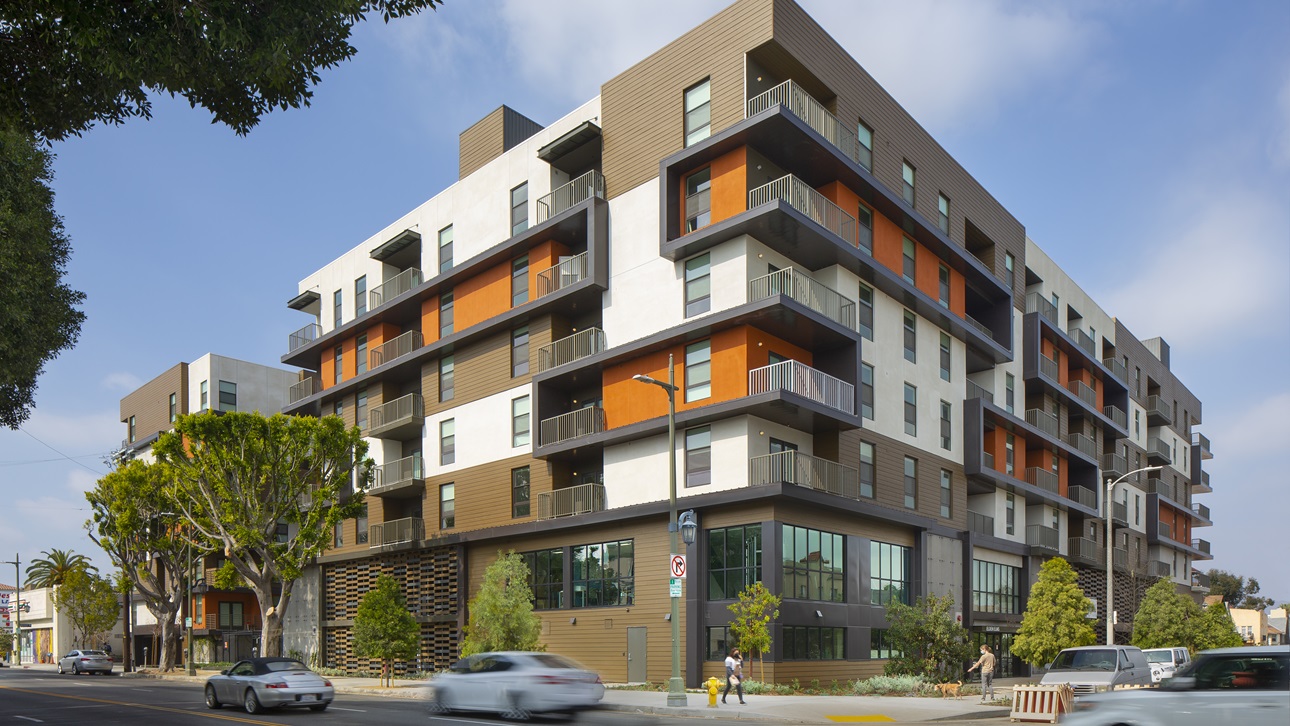Making Multigenerational Communities Happen

A confluence of demographic change, economic challenges, and shifting consumer preferences has resulted in changes to household composition and, as a result, housing demand. After declining in previous decades, multigenerational living has grown since the 1970s. According to the Pew Research Center, between 1971 and 2021, the number of people living in multigenerational households quadrupled.
Increasingly, families are looking for housing and neighborhoods that can comfortably accommodate multiple generations and a variety of abilities as family needs change over time. With a growing number of families living in—or seeking to live in—multigenerational arrangements, there is a need for more housing and neighborhoods that can accommodate them.
Despite the growth in multigenerational households, and the benefits of different generations living together and interacting, many barriers stand in the way of individual families living in multigenerational ways, including:
- Too few and insufficiently diverse housing units that offer space and design characteristics to accommodate multiple family members of different generations and their needs;
- Insufficient neighborhood, infrastructure, and built environment features—including limited multimodal transportation options and insufficient services and supports (such as health care);
- Zoning and other land use regulations that limit the location and scale of diverse housing types; and
- Lack of affordability for the limited number of homes and neighborhoods that can accommodate multigenerational living.
To realize the vision of multigenerational living, individual homes will need to be designed to meet the needs of people at different life stages and abilities. Various housing options and typologies will be required, and housing that is conducive to multigenerational living must be accompanied by investments in community space and infrastructure that facilitate social connections, safe and inclusive mobility, and access to services for all ages.
Making Multigenerational Communities Happen shares information for real estate developers, city leaders, community groups, and others related to the need to meet the demand for housing units that effectively serve multigenerational households. To make multigenerational communities happen, all groups must advance new narratives about the demand for, and benefits of, multigenerational living and they must work to create and implement conducive public policies.
Specifically, the report:
- Provides considerations for multigenerational home design,
- Shares information on multigenerational housing typologies,
- Considers what is needed to build multigenerational neighborhoods, and
- Offers conclusions on how to make multigenerational communities happen.
Watch the webinar here.
Report Summary: A confluence of demographic change, economic challenges, and shifting consumer preferences has resulted in changes to household composition and, as a result, housing demand. After declining in previous decades, multigenerational living has grown since the 1970s. According to the Pew Research Center, between 1971 and 2021, the number of people living in multigenerational households quadrupled.
Increasingly, families are looking for housing and neighborhoods that can comfortably accommodate multiple generations and a variety of abilities as family needs change over time. With a growing number of families living in—or seeking to live in—multigenerational arrangements, there is a need for more housing and neighborhoods that can accommodate them.
Despite the growth in multigenerational households, and the benefits of different generations living together and interacting, many barriers stand in the way of individual families living in multigenerational ways, including:
- Too few and insufficiently diverse housing units that offer space and design characteristics to accommodate multiple family members of different generations and their needs;
- Insufficient neighborhood, infrastructure, and built environment features—including limited multimodal transportation options and insufficient services and supports (such as health care);
- Zoning and other land use regulations that limit the location and scale of diverse housing types; and
- Lack of affordability for the limited number of homes and neighborhoods that can accommodate multigenerational living.
To realize the vision of multigenerational living, individual homes will need to be designed to meet the needs of people at different life stages and abilities. Various housing options and typologies will be required, and housing that is conducive to multigenerational living must be accompanied by investments in community space and infrastructure that facilitate social connections, safe and inclusive mobility, and access to services for all ages.
Making Multigenerational Communities Happen shares information for real estate developers, city leaders, community groups, and others related to the need to meet the demand for housing units that effectively serve multigenerational households. To make multigenerational communities happen, all groups must advance new narratives about the demand for, and benefits of, multigenerational living and they must work to create and implement conducive public policies.
Specifically, the report:
- Provides considerations for multigenerational home design,
- Shares information on multigenerational housing typologies,
- Considers what is needed to build multigenerational neighborhoods, and
- Offers conclusions on how to make multigenerational communities happen.
Watch the webinar here.


